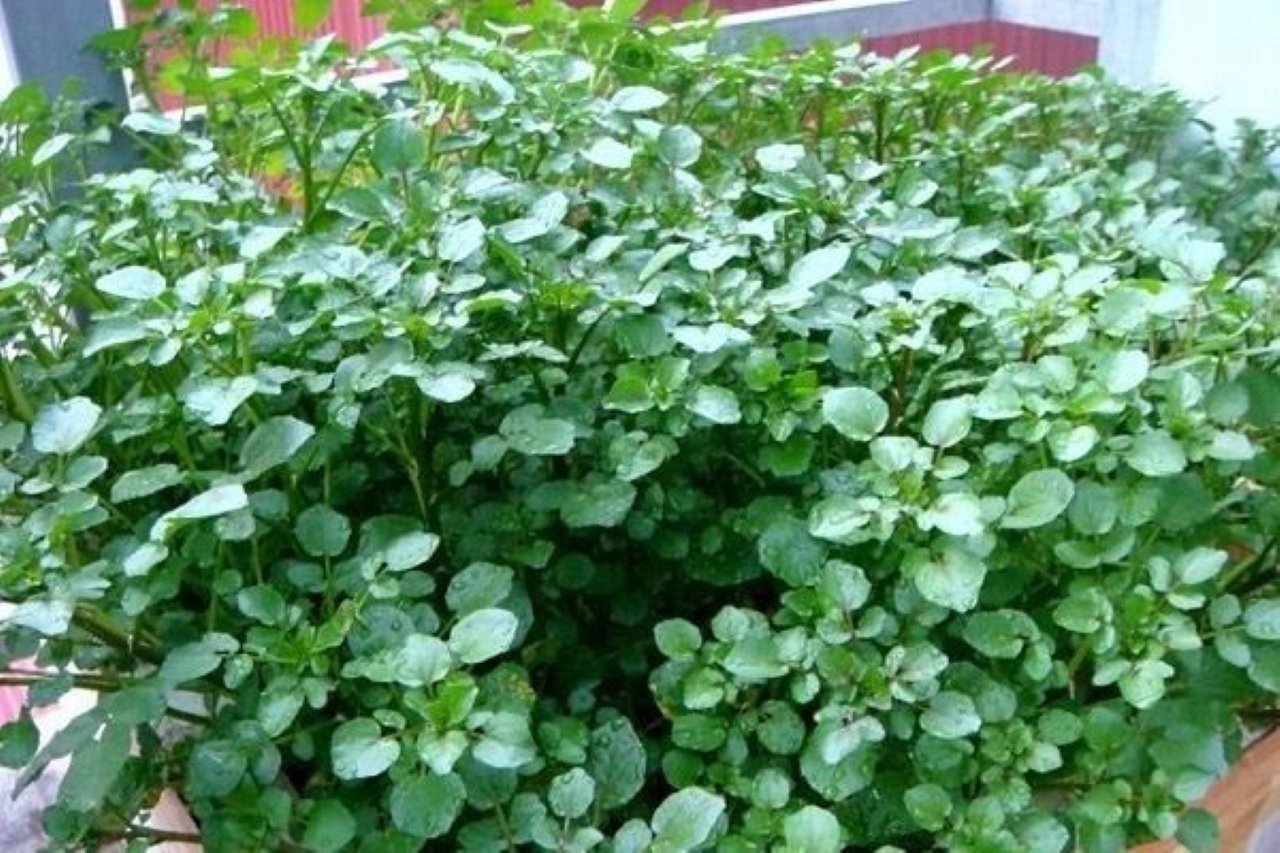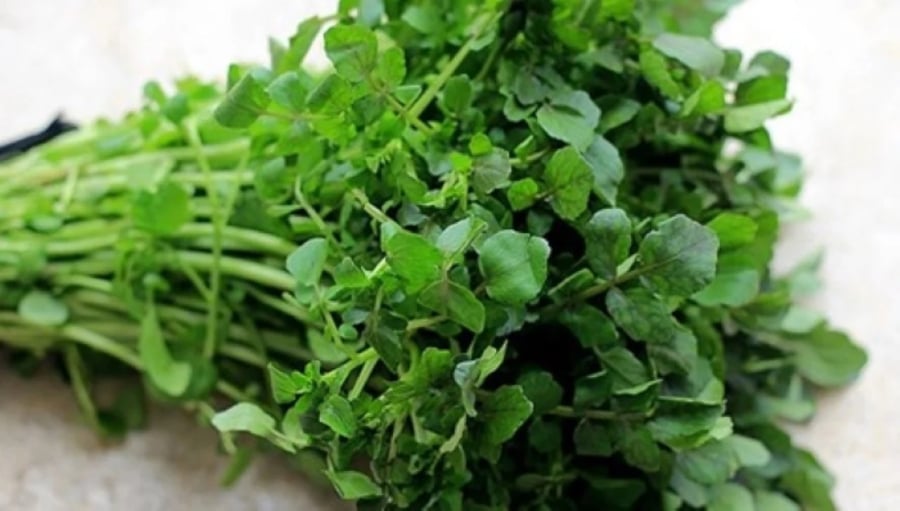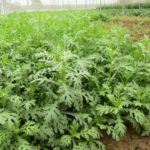Watercress, a Superfood with Numerous Health Benefits
According to a study by the Centers for Disease Control and Prevention (CDC), watercress boasts an impressive nutritional profile, earning a perfect nutritional score of 100 from scientists. In comparison, spinach scored 86.43%, while cabbage reached 91.9%.

Watercress: Rated as the World’s Healthiest Food by the CDC
Watercress is a Powerful Antioxidant
Watercress contains phenethyl isothiocyanate (Peitc), a compound with strong antioxidant and anti-inflammatory properties, which helps prevent the growth of cancer cells. Peitc also has anti-aging effects.
It’s Good for Your Heart
Watercress is an excellent source of vitamin K, often overlooked in favor of more popular greens like broccoli or kale. Just a small serving of watercress provides your daily requirement of this vital nutrient, which supports heart health and healthy blood clotting, as well as protects your bones.
Fight Aging with Watercress
This aquatic vegetable is packed with vitamins C, E, and B-complex, as well as iron, phosphorus, and iodine, which work together to boost the immune system, fight infections, and slow down the aging process.
A Must-Have for Pregnant Women
Watercress is rich in folic acid, essential for pregnant women to prevent birth defects. It is recommended that pregnant women include 3-4 servings of this leafy green in their weekly diet.
Aids in Digestion
In traditional Chinese medicine, watercress is believed to have cooling properties and a slightly bitter and pungent taste. It is known to promote digestion, act as a diuretic, and detoxify the body. Diabetics, in particular, can benefit from regular consumption of watercress, as it helps regulate blood sugar levels and provides a good source of fiber.
When you’re feeling sluggish from consuming too much oily food, glutinous rice, or sticky rice cakes, blend or juice watercress with carrots for a refreshing and cleansing drink.

Watercress: A Nutritional Powerhouse
Effective for Weight Loss
Watercress is a low-calorie food with high fiber and vitamin C content, making it an excellent choice for those looking to shed some pounds. Eating watercress increases satiety, curbs cravings, and boosts metabolism, all of which contribute to effective weight management.
Precautions when Consuming Watercress
While watercress offers an array of health benefits, it is important to note that it is grown in water and soil, which may harbor parasites. Therefore, thorough washing is essential before consumption. If eating raw, opt for watercress grown on land, and avoid it altogether if you have hyperthyroidism due to its high iodine content.
The Ultimate Guide to Pesticide-Free Produce: Unveiling the Two Vegetables that Even Americans Adore
“The ‘Best Vegetables in the World’, as acclaimed by the Americans, turn out to be a familiar and affordable find in our very own markets. This humble vegetable, often overlooked by shoppers, is an unexpected superstar in disguise. A true hero for health-conscious cooks and a must-have for any discerning home chef.”




































